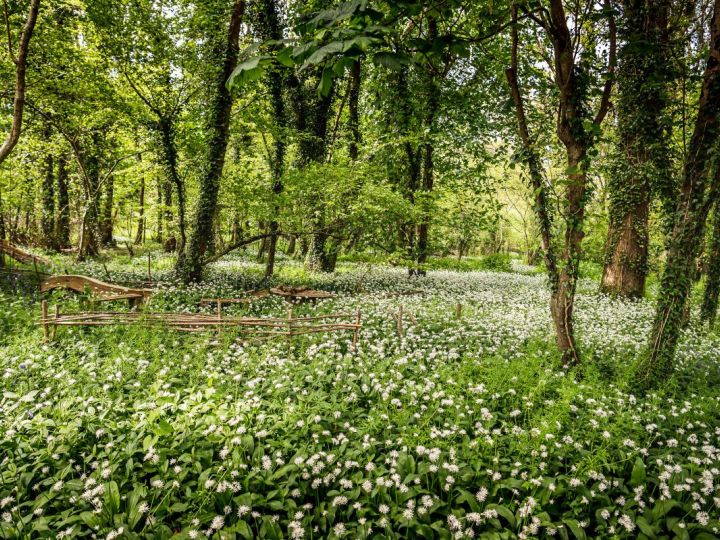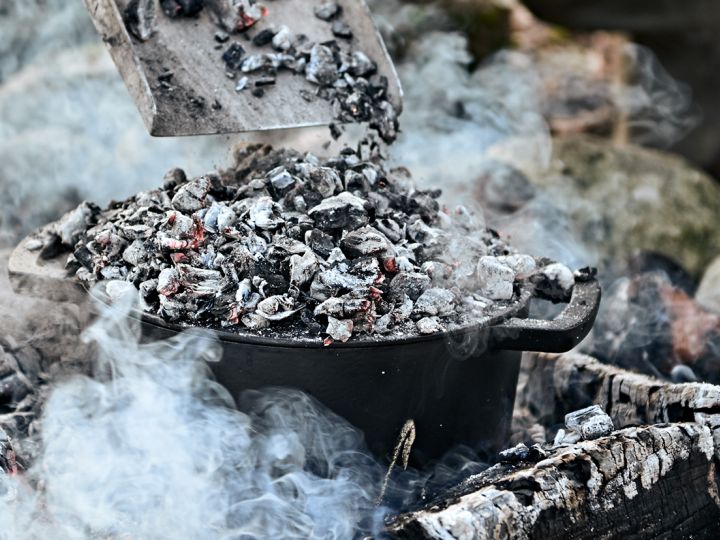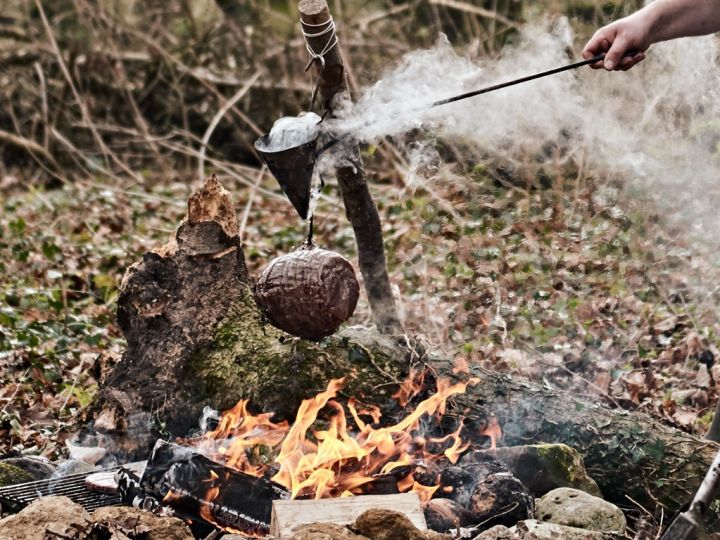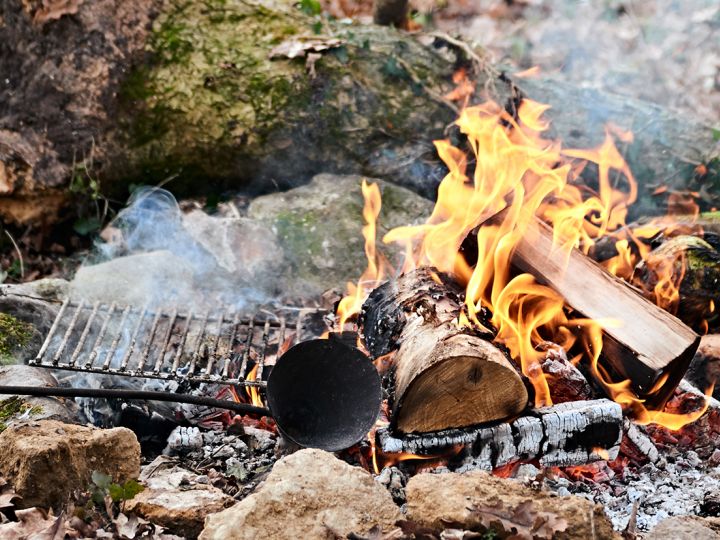Foraging for most of us started as children collecting blackberries for our parents or grandparents to make jams, jellies or delicious desserts. The joys of combing the brambles for the juiciest fruits, selecting what we thought were the best at the time, the biggest, darkest & sweetest fruit. You’d take your bounty home to be prepared & transformed into a humble homely treat or a preserve to see you through the year. That feeling of picking something in its prime, the gathering & nourishment of living in that moment & wanting to prolong that enjoyment for the time ahead. Blackened fingers, happy tummies & a stocked larder.
Foraging for us is reconnecting to our food, nature & food history. Looking at the food cultures of the world, Nordic cuisine has married the arts of preservation, integration of wild ingredients & also maximising seasonality. Championing their native ingredients, creating food with a real sense of terroir. The connection they have to where their food has come from, keeping the practices & food knowledge fresh & present is something we feel a little behind on as a food culture, until now.
In Pagan times, the turning of the wheel would bring harvests of bountiful wild ingredients. The first elderflower signalling the start of summer with the berries signifying its end. The practice of hedgewitchery, exploring the untamed hedgerows bordering the fields & pasture, collecting wild herbs, vegetables & blossoms for medicinal purposes & dietary supplements. The industrial revolution brought with it a more commercial way of living, leaving this practise in the past.
In recent years, chefs have been introducing foraged ingredients to their menus, leaving the kitchen in search of exciting new flavours & textures, bringing about a renaissance of wild foods. Here in the southwest with our strong connection to hunting & farming this feels as somewhat of a missing link that’s coming back into popularity. The sense of what grows together goes together is quickly catching. With our hedgerows, woodlands, beaches & marshy estuaries, the southwest is bursting with wild foods.
With the rise of mindfulness towards organic farming methods with low impact, this has created an opening for our old practices or be explored. Here at The Organic Butchery we are ever aware of the importance of untamed areas of farmland. The support it gives to the eco systems is priceless & is vital to sustainable farming. This allows for these old practices to come back, a more natural way of farming & living.
A more natural way of living would seem to be more desirable than ever. Wanting to know where our food comes from & the processes behind it, foraging is the ultimate way to be connected to your food. Wild ingredients bursting with vitamins, flavour & texture. One of our favourite times to forage is late winter & early spring. Post hunger gap, the excitement of finding the seasons first wild garlic, scarlet elf cups or tapping for birch is a welcome change from the long winters we’ve been experiencing. The early growths of Alexander’s, sorrel, pennywort & three-cornered leek bring a fresh green alternative to the winter roots & brassicas. This glut of new ingredients tides us over until spring. You can find; pig nuts, ground elder, ground ivy, scarlet elf cups, wild garlic, catkins, Reed mace, birch trees for tapping, sorrel, Jews ear mushrooms, king alfred’s cakes, cleavers, elderflower, sloes, watercress, wild chervil, horsetails & hogweed.
Getting into foraging nowadays couldn’t be easier. The amount of literature out there makes this an easy pass time to get involved in or just making those dog walks a little more interesting, being more present in your surroundings. There are courses also, led by experts in the field, one of our favourite foragers is John Wright from River Cottage. He has written several books including the most recent, The Foragers Calendar. The handbooks covering mushrooms, edible seashore & hedgerows are excellent for beginners. Starting with vegetables, fruits, nuts and herbs is an easy way in, then working your way up to the silent hunt of mushrooms. Another fantastic forager is Miles Irving, his Foragers Handbook is an essential book for the collection.
As always, learning to identify the plant is key. Another brilliantly skilled forager is Mark Williams at Galloway Wild Foods; his website is fantastic - filled with easy to read ID tips & information. As well as edibles there are also a fair share of plants to steer well clear of! We’d recommend picking up one of the books most relevant to where you like to walk or want to explore and just familiarise yourself with the plants around you, the types of trees, sunlight & soil type. Is it well lit, are the trees predominantly oak or beech? Is the soil littered with leaves & mulch or is it mossy? Once you’ve learnt your surroundings you can begin to piece together what you can expect to find! This knowledge will become very useful when you move onto mushrooms.
There would appear to be an innate connection to living from the land, maybe it’s the hunter gatherer in us that’s buried deep down from before our evolution into agriculturalists. Right now is the time to get outside, explore your surroundings, push yourself to learn a new skill & share that knowledge with someone else. Take just what you need and take a step forward in to the journey of where your food comes from.





